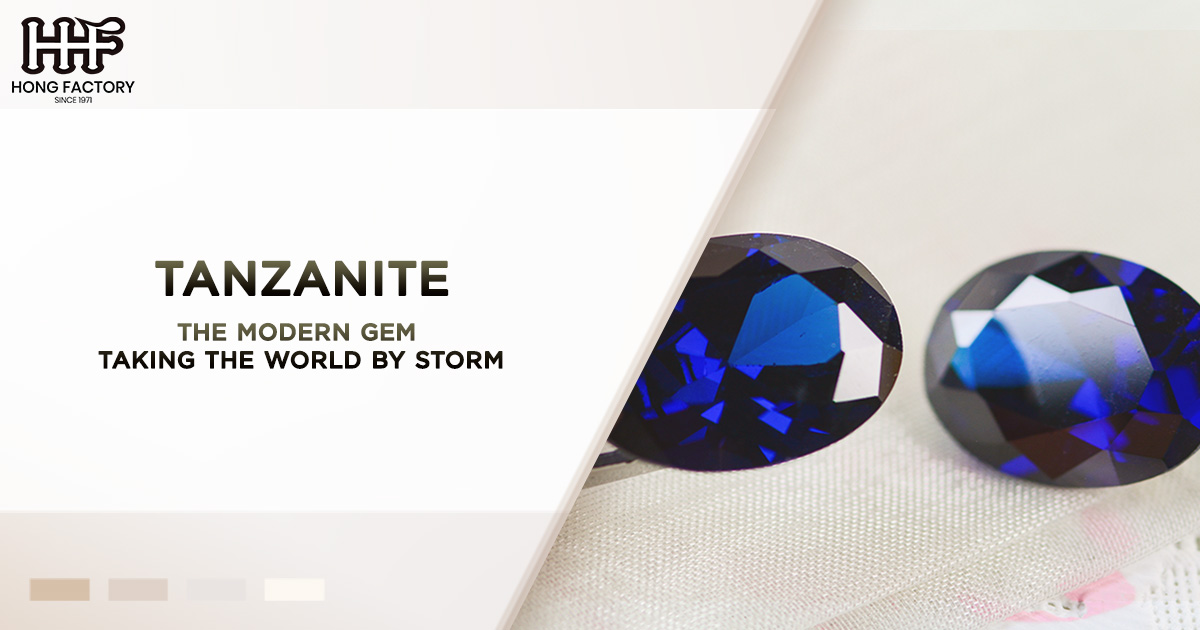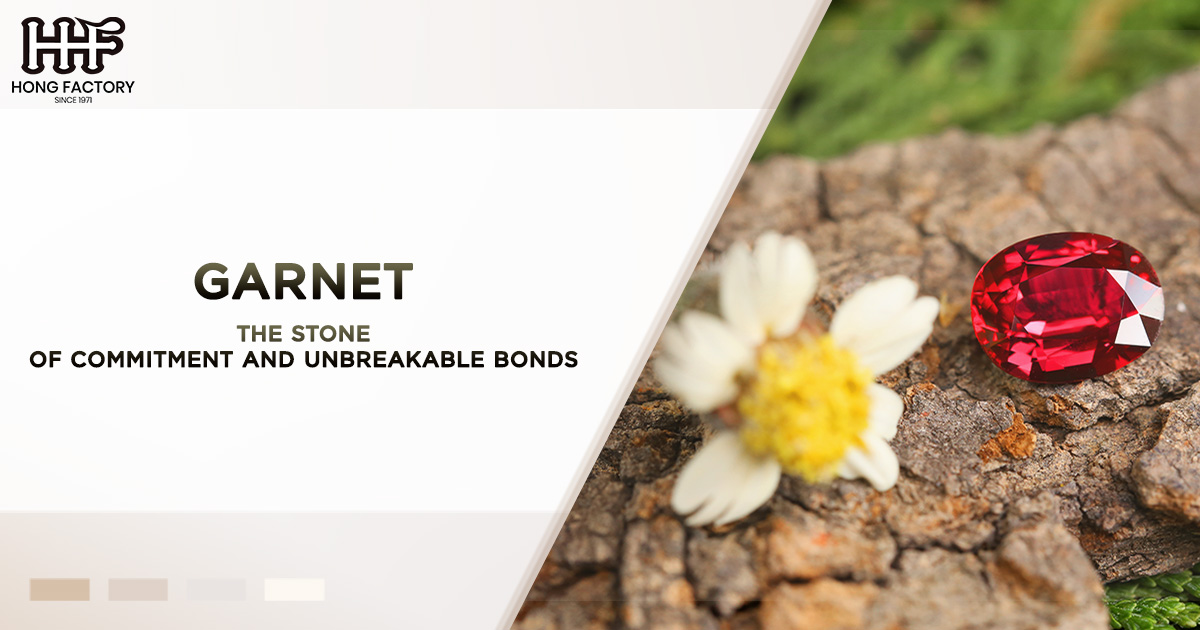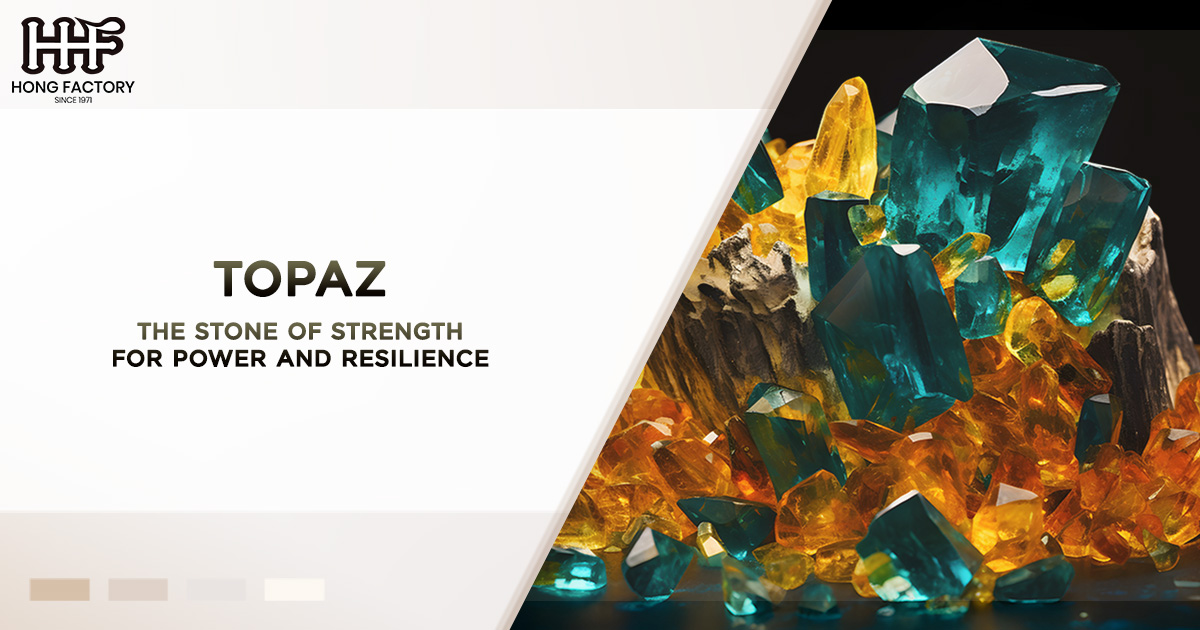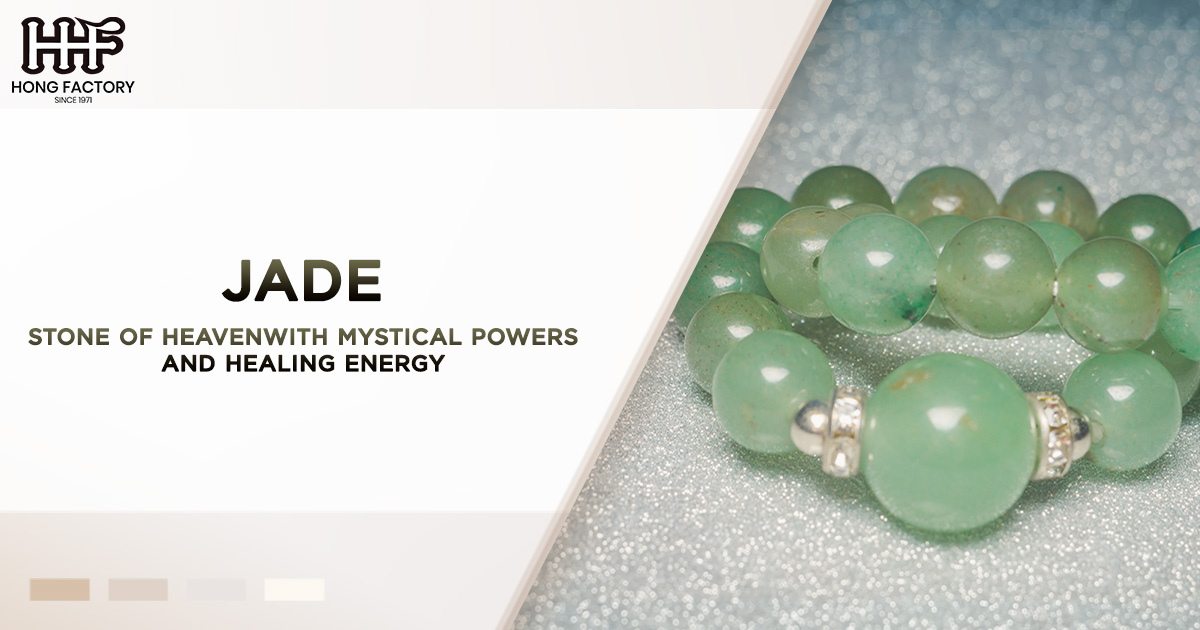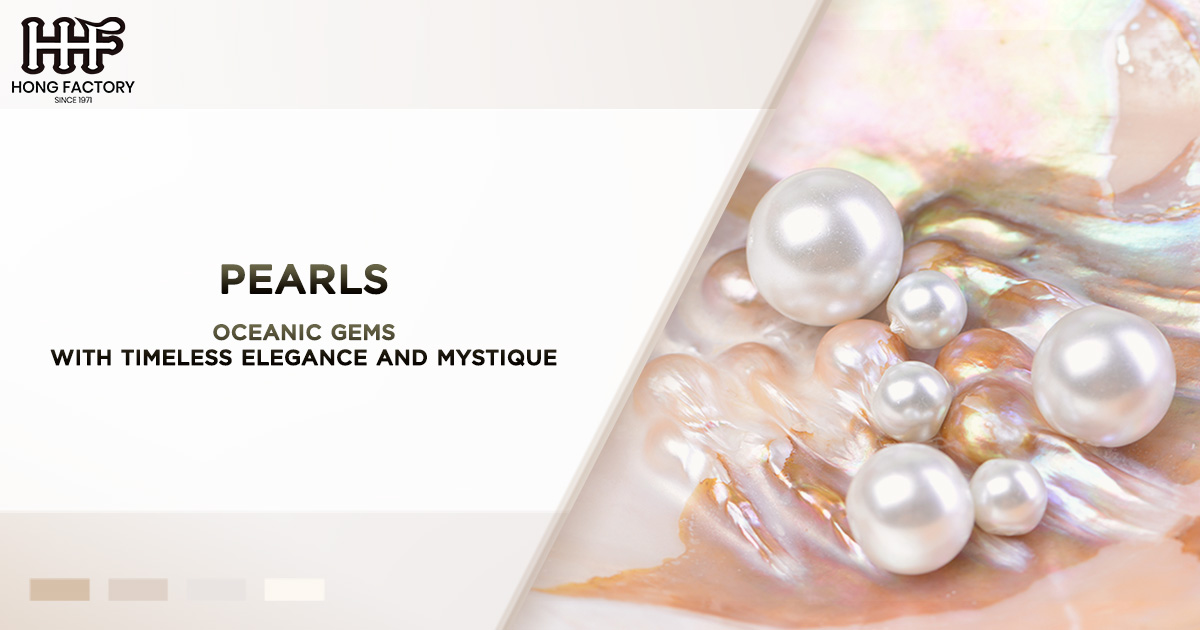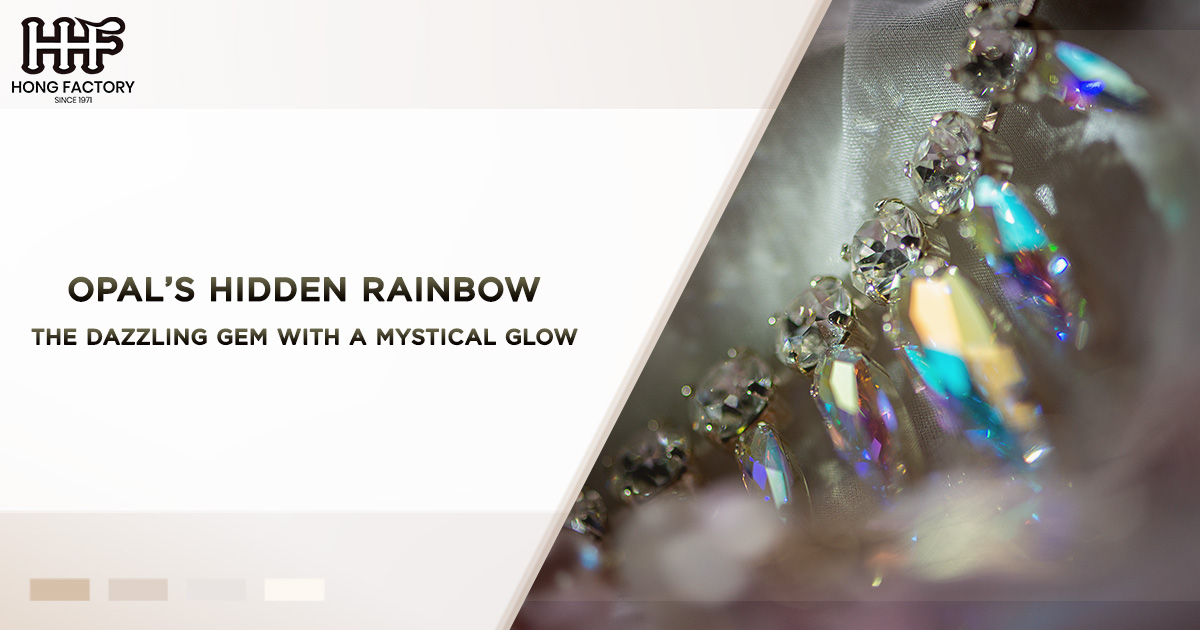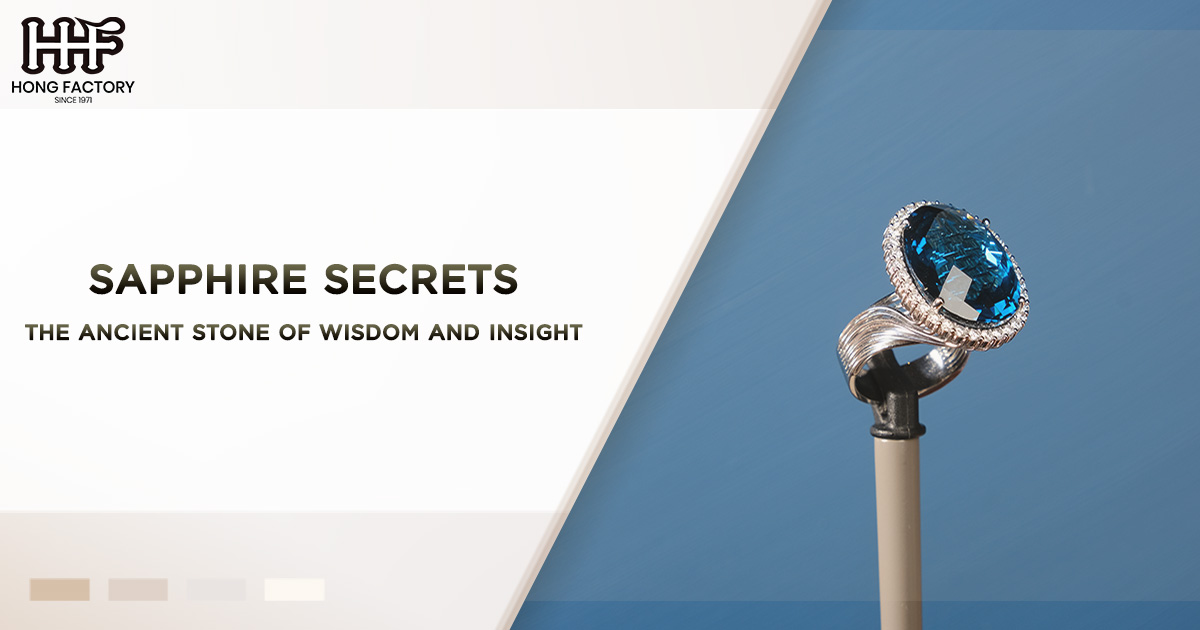Tanzanite, a gemstone that has captured the hearts of jewelers, collectors, and investors alike, is one of the most extraordinary stones of the modern world. Its striking blue-violet hues and limited availability have made it a symbol of rarity and luxury. Tanzanite is not just a pretty gem; it carries with it a story of discovery, rarity, investment potential, and the need for careful handling. In this article, we’ll take a deep dive into the fascinating world of tanzanite—one of Africa’s most precious stones.
The Discovery History of Tanzanite
Tanzanite’s story begins not long ago, in 1967, when a Maasai tribesman named Ali Juuyawatu stumbled upon the first pieces of the gemstone in northern Tanzania. The area, located near Mount Kilimanjaro in the Mererani Hills, would soon become the only known source of tanzanite in the world. At first, the stone was mistaken for sapphire due to its stunning blue hue, but it was soon identified as a variety of the mineral zoisite.
The gemstone owes its name to Tiffany & Co., the famed American jewelry company. Tiffany recognized the potential of this new gemstone and introduced it to the world, naming it “tanzanite” in honor of its country of origin. Since then, tanzanite has gained prominence as one of the most sought-after gemstones in the world, rivaling traditional favorites like sapphire and emerald. Its alluring color, rich history, and limited geographic origin make it a modern gem that has taken the world by storm.
A Geological Miracle
The formation of tanzanite is nothing short of a geological miracle. The conditions required to create this gemstone are so specific that it is estimated that the chances of finding another tanzanite deposit anywhere else on Earth are exceedingly slim. Tanzanite forms under conditions of extreme heat and pressure, and its vibrant blue-violet color is caused by trace amounts of vanadium within the crystal structure.
This unique combination of geological factors explains why tanzanite is found in only one small corner of the world—making it one of the rarest gems on Earth. In fact, geologists estimate that the deposits will be depleted within the next 20 to 30 years, which adds to the allure and urgency of acquiring this gemstone while it is still available.
The Rarity Factors of Tanzanite
When discussing rare gems, tanzanite stands out due to its extreme rarity—both in terms of its limited geographic location and the natural factors that create its stunning color. Let’s take a closer look at what makes tanzanite such a rare and valuable gemstone.
Only Found in One Place
Unlike diamonds, rubies, or emeralds, which are found in multiple locations around the world, tanzanite is found in only one place: a small 14-square-kilometer area near Mererani, Tanzania. This limited availability means that once the mines are exhausted, there will be no more tanzanite to mine. This unique situation has earned tanzanite the nickname “the gemstone of a generation,” as it is likely that future generations will not have the opportunity to access new supplies of this stunning stone.
The Tanzanian government has taken steps to regulate the mining and export of tanzanite, recognizing its importance to the country’s economy. Strict regulations are in place to ensure that the gem is mined responsibly, and the government has also implemented measures to curb illegal mining activities. This controlled supply only adds to the stone’s rarity and value.
A Kaleidoscope of Color
Tanzanite’s vibrant color is one of its most desirable qualities. The gemstone typically exhibits a blue-violet hue, though its color can range from deep sapphire blue to rich violet. This striking color is a result of what is known as pleochroism, meaning that tanzanite can display different colors when viewed from different angles. In the case of tanzanite, it can show shades of blue, violet, and even burgundy when rotated under light.
The finest tanzanites are those with a deep, rich blue color, often rivaling the finest sapphires. Stones that lean more toward violet or lighter shades of blue are also highly prized, though the deeper blue specimens tend to command the highest prices.
The rarity of the gemstone’s color, combined with its limited geographic source, makes tanzanite one of the most coveted stones in the world of high-end jewelry.
Tanzanite as an Investment – A Rare Gem with High Potential
In addition to its aesthetic appeal, tanzanite has gained attention as an investment gem. As the global supply of tanzanite continues to dwindle, savvy investors are turning their attention to this rare African stones. But what makes tanzanite such a strong investment? Let’s explore.
Limited Supply and Growing Demand
One of the key factors driving the investment potential of tanzanite is its limited supply. As mentioned earlier, tanzanite is only found in one small region of Tanzania, and experts predict that the deposits will be exhausted within a few decades. This finite supply creates a sense of urgency among collectors and investors, as the gemstone’s value is expected to rise as its availability decreases.
At the same time, demand for tanzanite is growing. The gemstone has become increasingly popular in the luxury jewelry market, and its association with exclusivity and rarity has made it a favorite among collectors. As more people become aware of the gemstone’s unique qualities, demand is expected to continue to rise—further driving up prices.
A Long-Term Investment
For those looking to invest in tanzanite, it’s important to view the gemstone as a long-term investment. While the value of tanzanite has increased steadily over the years, it is expected to see its most significant price increases in the coming decades as the supply becomes scarcer. Investors who purchase high-quality tanzanite today could see substantial returns in the future as the gemstone becomes increasingly difficult to obtain.
When investing in tanzanite, it’s important to focus on quality. The finest stones, with deep blue hues and exceptional clarity, are likely to appreciate the most in value. Additionally, larger stones tend to be more valuable, as they are rarer and more difficult to find.
Caring for Your Tanzanite – A Delicate Gem
While tanzanite is a stunning and valuable gemstone, it is also relatively delicate and requires special care to ensure its longevity. Tanzanite ranks between 6 and 7 on the Mohs scale of hardness, meaning it is softer than other popular gemstones like diamonds and sapphires. As a result, tanzanite is more prone to scratches and chips if not handled properly.
Conclusion
Tanzanite is truly a gemstone of our time—a rare and beautiful stone that has captured the world’s attention. Its limited availability, stunning color, and investment potential make it one of the most sought-after gems in the world of fine jewelry. Whether you are a collector, an investor, or simply someone who appreciates the beauty of rare gems, tanzanite is a gemstone that deserves a place in your collection. However, it’s important to handle this delicate stone with care to ensure that its beauty endures for generations to come.
As one of Africa’s most prized gems, tanzanite is not just a symbol of beauty but also a reflection of the earth’s incredible geological forces—and a reminder that some of the rarest treasures can be found in the most unexpected places.

